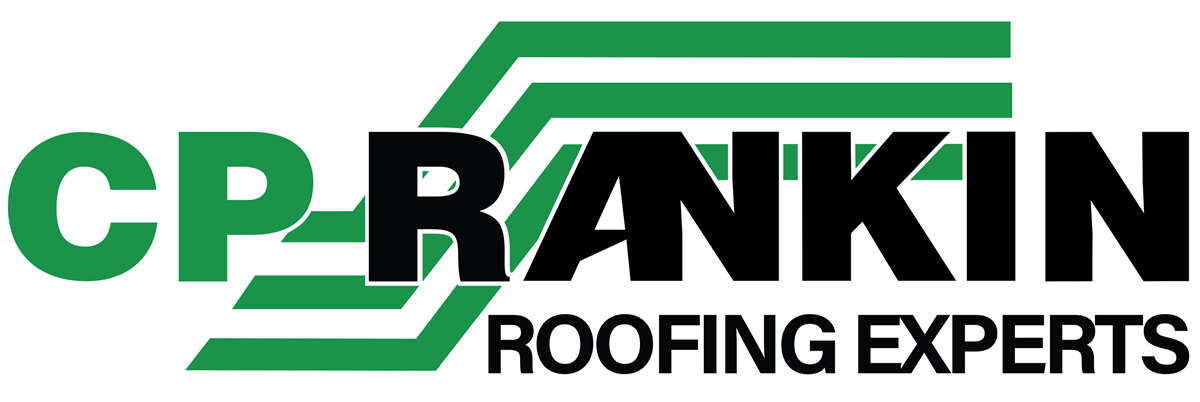Budgeting is key, especially when it comes to the maintenance of your commercial building. The roofing experts at CP Rankin understand that while size matters, it’s not the only factor in the budgeting process — especially when it comes to your roofing system. Surprisingly, location is one of the most important factors to consider. The area or region in which your building is located comes into serious play for a number of factors. But, don’t worry, we’re going to breakdown a number of factors and explain what role they plan in cost-effective planning.
WHY LOCATION MATTERS:
- Don’t forget about the R-value requirements. The R-value is the
 capacity of an insulating material to resist heat flow. The higher the R-value, the greater the insulating power. With that, the more insulation that’s required for a specific area, the greater the cost.
capacity of an insulating material to resist heat flow. The higher the R-value, the greater the insulating power. With that, the more insulation that’s required for a specific area, the greater the cost. - You can’t ignore uplift requirements. Wind maps for any region can identify the local basic wind speed gust exposures to determine typical wind conditions for your home. Wind uplift is defined as a force that. occurs when air pressure below the. roof assembly is greater than the air. In areas where higher wind events are more common, you’re more likely to face more strict requirements. Additionally, higher wind ratings usually translate to higher costs.
- Are there additional Code requirements in your area? Building codes are performance and prescriptive requirements for building construction — including roof systems — that are established and enforced by state or local government agencies to ensure public safety, health, and welfare in commercial and industrial buildings.
OTHER FACTORS:
- What does it take to access your roof? Will a crane be required to load materials? How tall is the building? If roofing professionals are required to remain tied-off through the duration of the job, the time to complete the job may be lengthened and labor costs will subsequently be increased.
- Is the building currently occupied? A building that is occupied will pose additional challenges to the roofing project. The health, safety, comfort, and productivity of occupants must be taken into account. If this mandates the roof replacement activities take place beyond normal working hours, additional costs will likely be incurred.
- How is the deck comprised of? Mechanical attachment to a metal or wood deck can be less expensive than adhering to a concrete deck.
- What is the condition of the preexisting deck? Rot and rust not only adds up in replacement costs but, if bad enough, a structural engineer may by recruited to assess the situation to determine if the existing deck can support the weight of the newly-added materials.
The roofing experts at CP Rankin are familiar with the state, regional, and local code requirements that rooftops across the country are subjected to. If you need a new roof for your commercial property, we’re here to help. We offer free detailed evaluations and a combination of technical expertise, quality workmanship, and custom solutions. Contact us today to learn more about roof replacement and the associated costs or to schedule a free quote.

